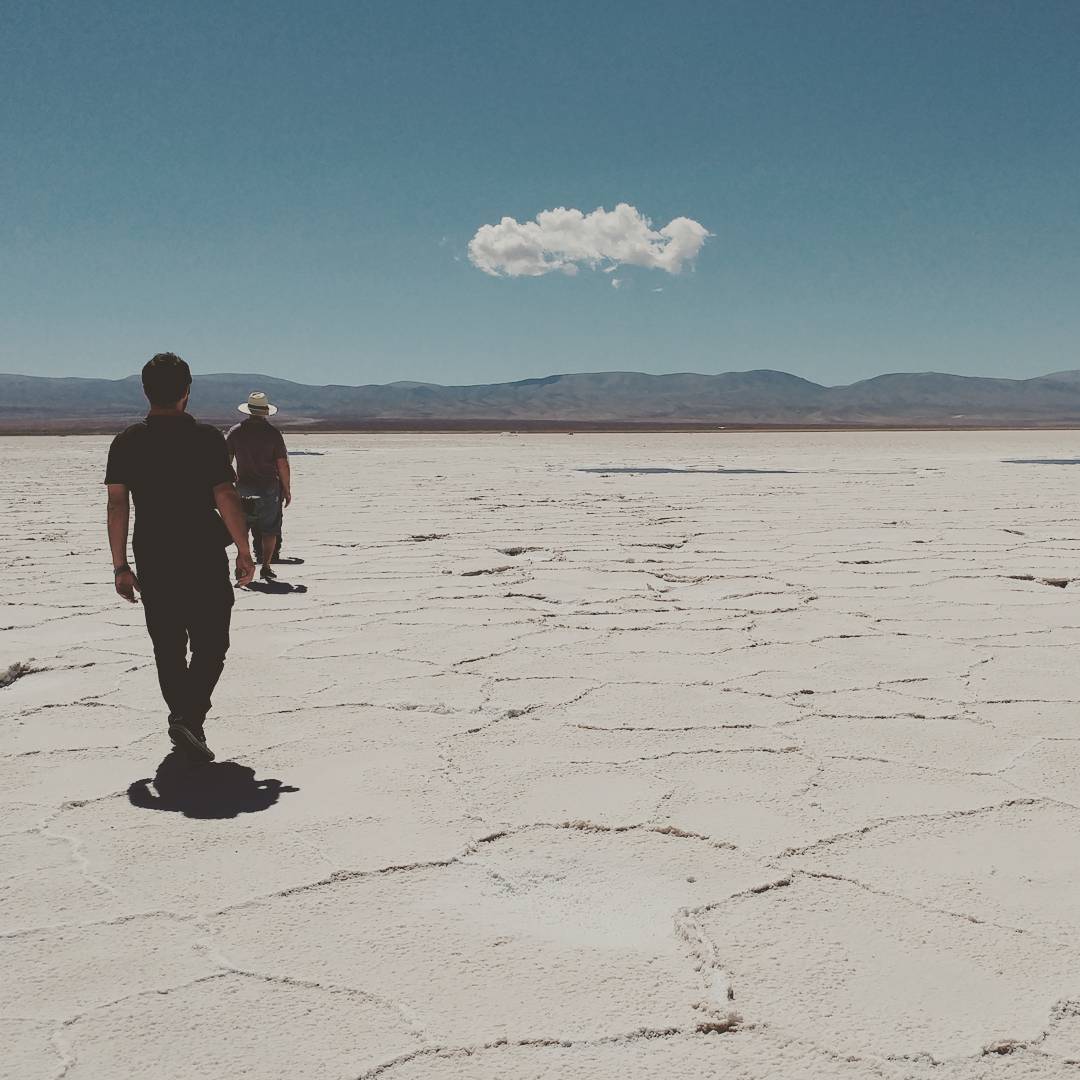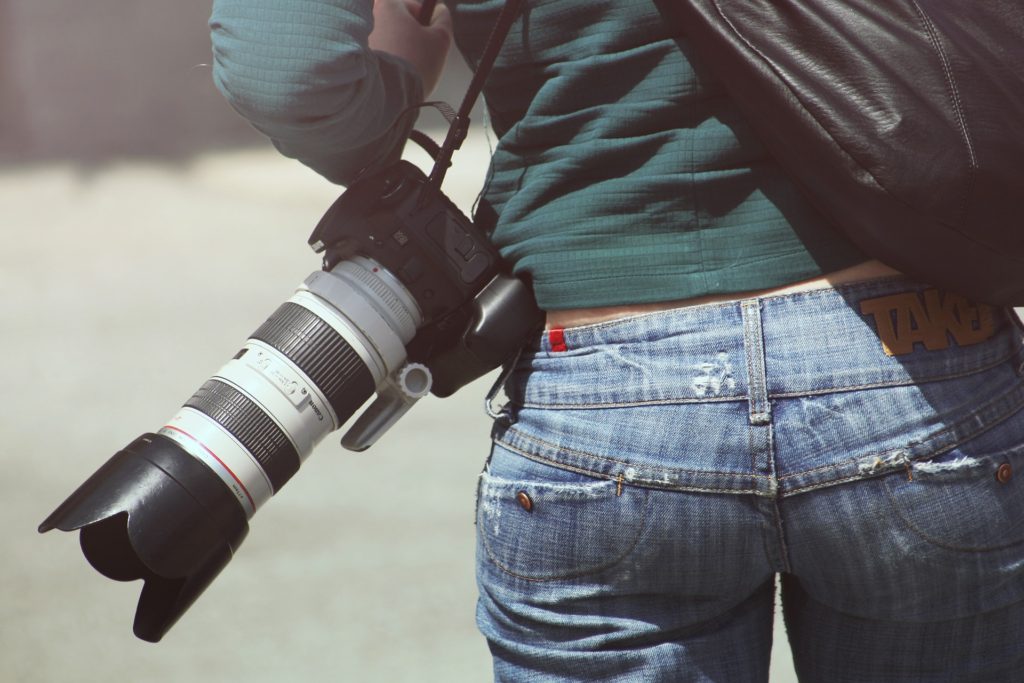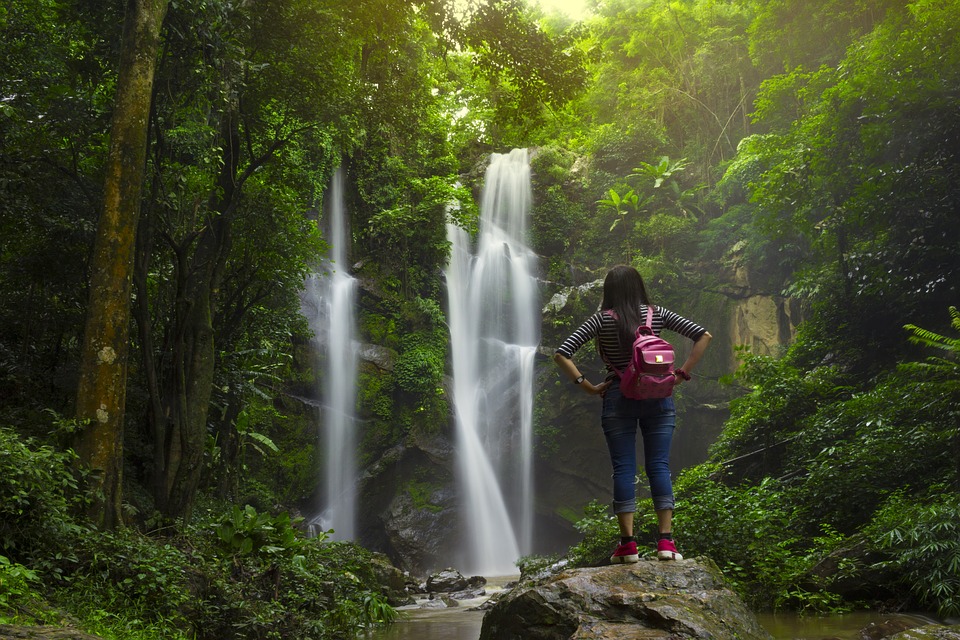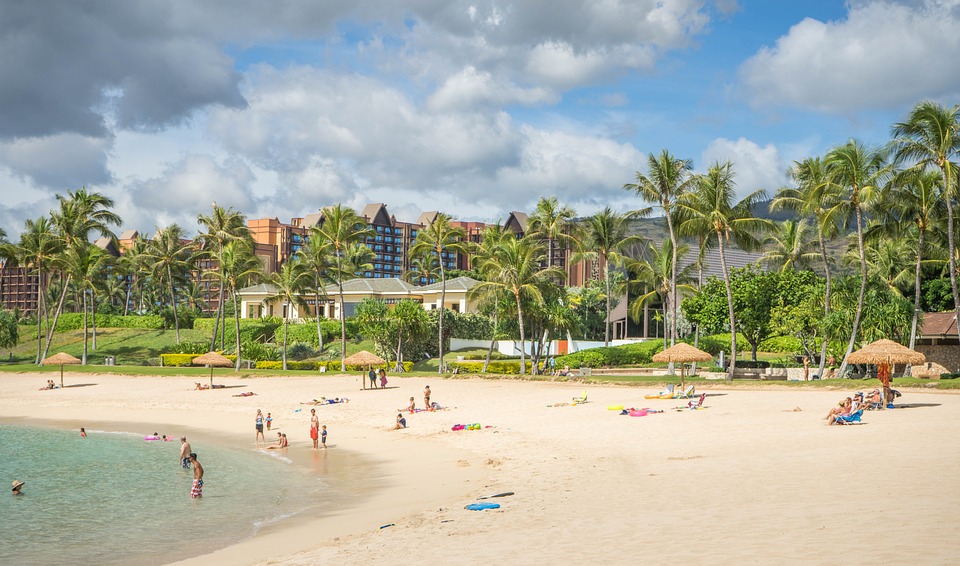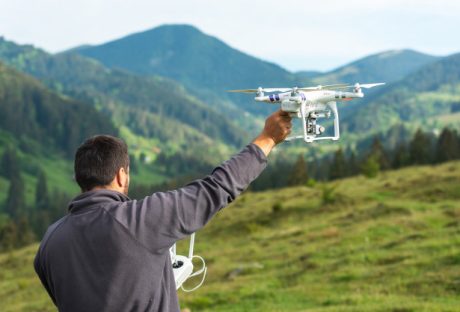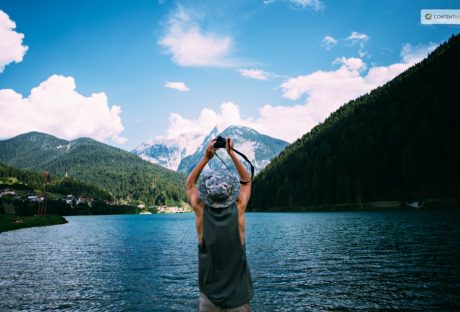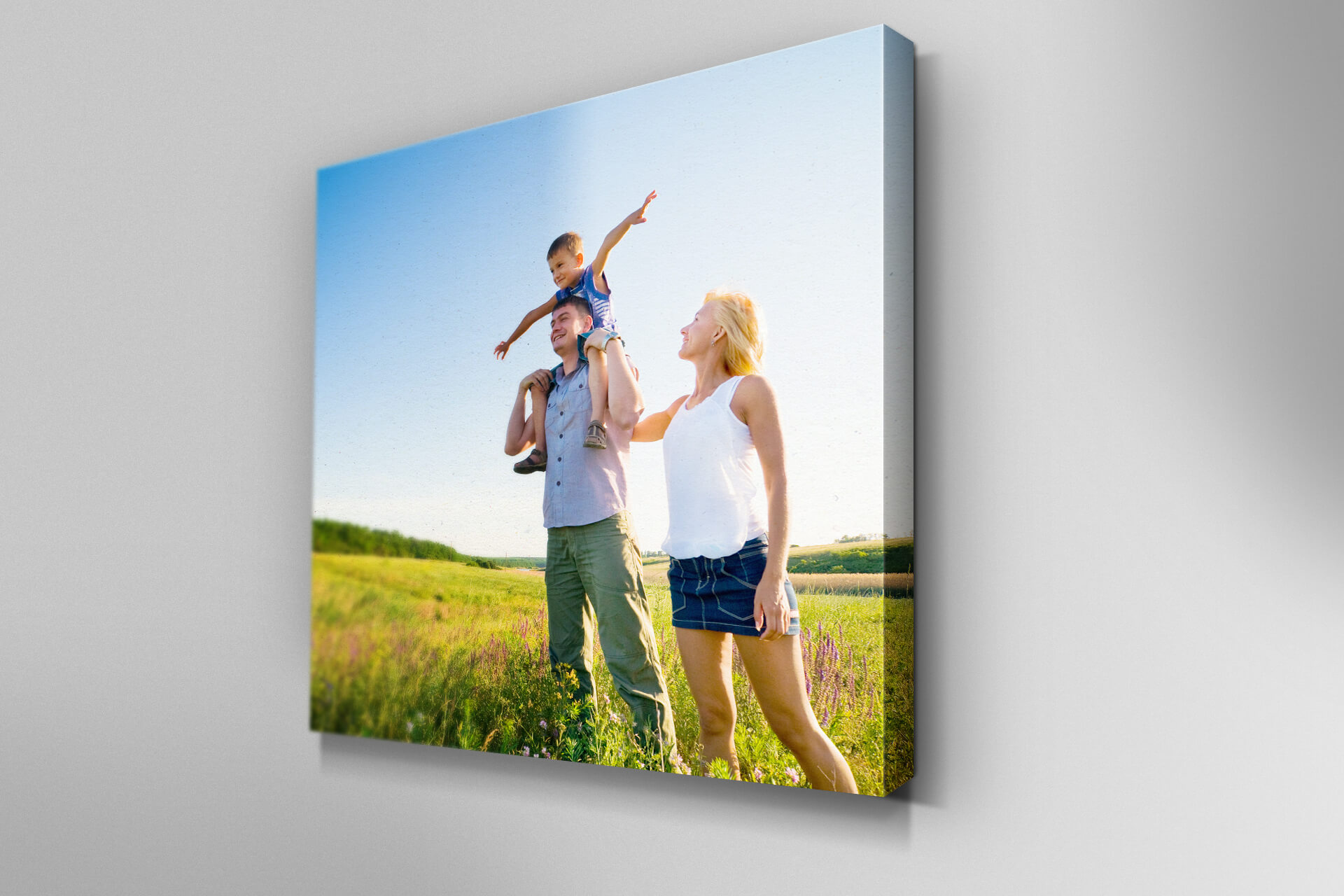Photography tours are a one of a kind opportunity to enhance and create extraordinary new photos.
The exponential development of digital photography technology has permitted a booming phenomenon for the world of photography. Increased resolution and miniaturization has contributed to this expansion while significantly reducing equipment’s prices thus broadening its massive world reach. This has in part permitted a new audience to express themselves photographically.
The causal image exploration attributed to the common availability of portable devices, such as smartphones and action cameras, are creating many new storytellers and video YouTubers with unique, local and fresh content to share with the world audience.
This new generation of casual photo and video content creators has touched and reached virtually every spot on the planet, nowadays you can find images and photo references online for any part of the globe.
Even if you’re not a professional photographer, traveling to a new destination has many advantages, the most obvious relates to the singular experience of the journey and its cultural immersion.
Make sure you keep these 5 easy suggestions at bay while preparing for your photo tour
1. Pack Accordingly
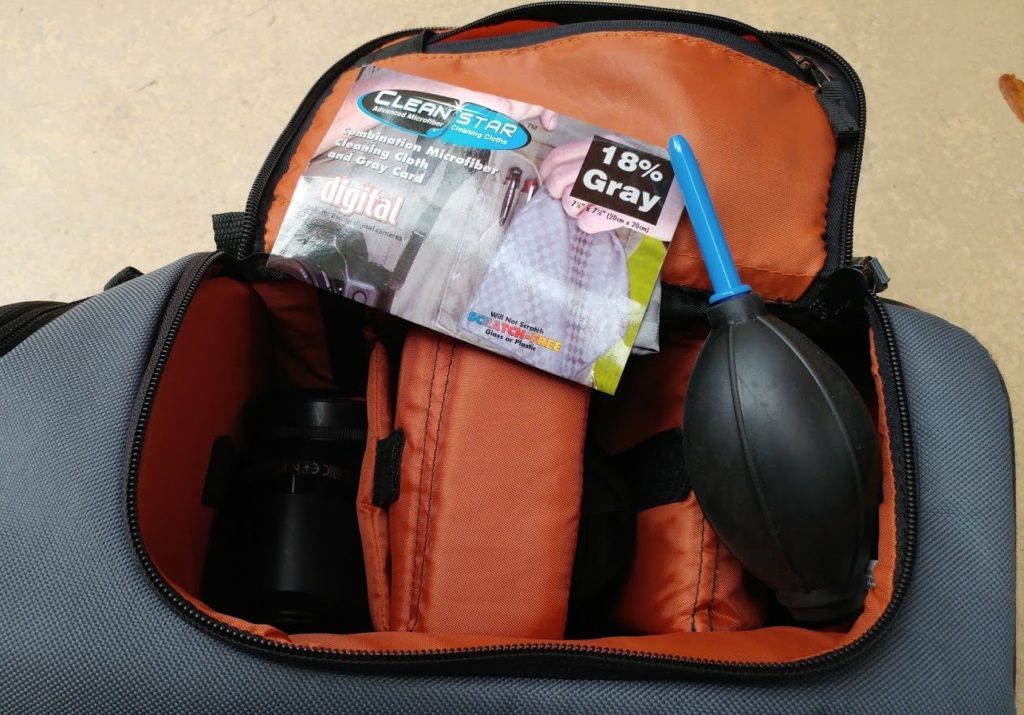
It’s a good idea that for any given trip, to pack your gear accordingly. A photography tour is not different. Make sure you carry enough batteries to last you for the entire day. It’s a good idea to bring at least two battery chargers, so you can charge multiple batteries simultaneously. This is also a good idea in the eventuality of charger failure.
Once I had the unfortunate experience of arriving to a hotel room where only a single electrical outlet was available. Electricity might not be very reliable at your destination, so it’s a good idea to pack a small power strip with surge protection. This will add a layer of protection and the convenience of charging multiple devices at the same time. A fried camera is not fun under the sun!
2. Plan Ahead
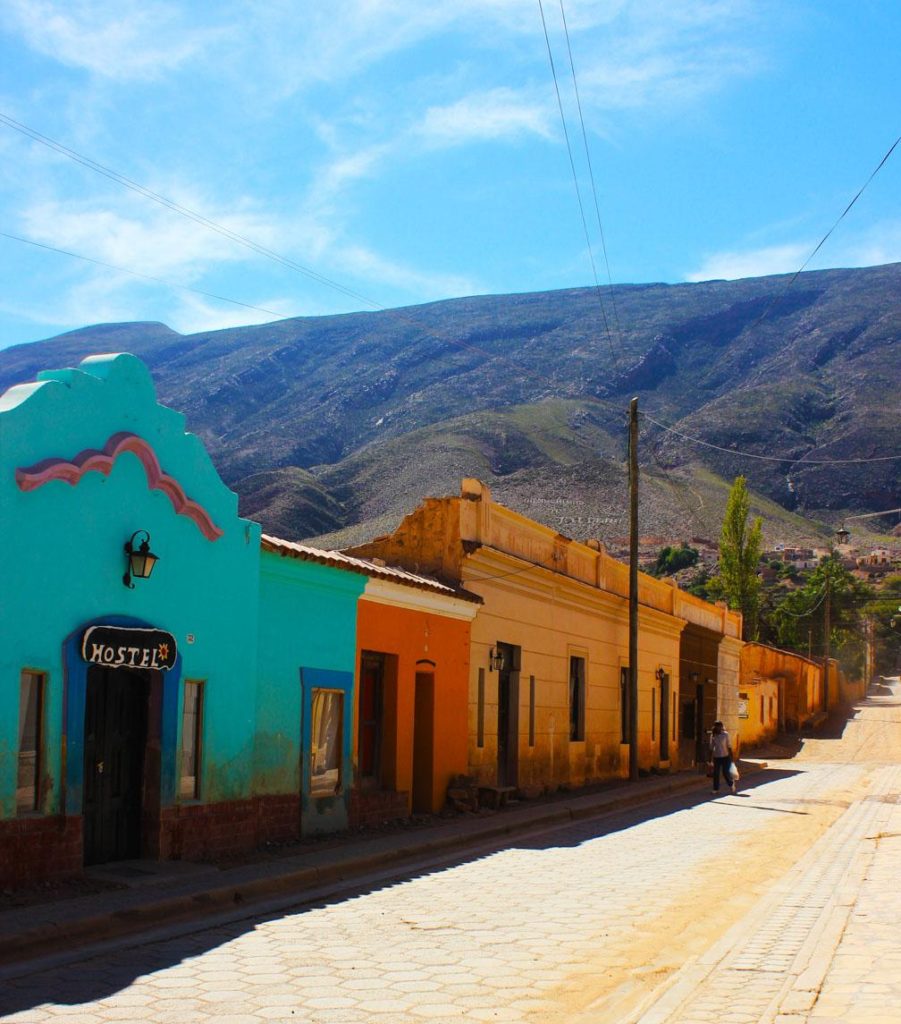
Balancing your sleep with photography can be a challenge. Usually, depending on your location and time of the day, the available light can be very unique during different parts of the year. Photographers love to photograph at the golden hour (usually at sunrise and sunset) This might require for some planning, and setting an alarm clock, but well worth it for landscape photography.
3. Bring your Smartphone Along
While on location I usually walk with my professional camera, but sometimes I just want to take a quick snapshot and instantly share it in my social media stream. Use your smartphone camera, it has a more than decent megapixel resolution and it’s quick and easy. Tip: Make sure you keep your smartphone in airplane mode in order to save on battery life.
4. Get Off the Main Road
Sometimes we tend to follow and stay in the common path during an excursion. It might drive your guide insane, but this will prove fantastic. Explore alternative roads. Taking an exact photo from the exact location then everyone else will produce the exact same photo. Try alternative angles and get off the main road.
It doesn’t matter where you travel. Being prepared and doing your homework will prove to be an invaluable advantage. Pack accordingly for the type of photography you’re intending to do since it could mean the complete success or failure of your photography adventure.
Safe journey and may you take incredible photos
Read also:













